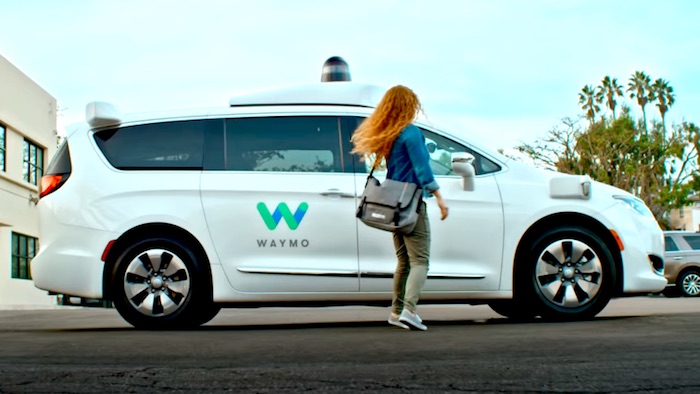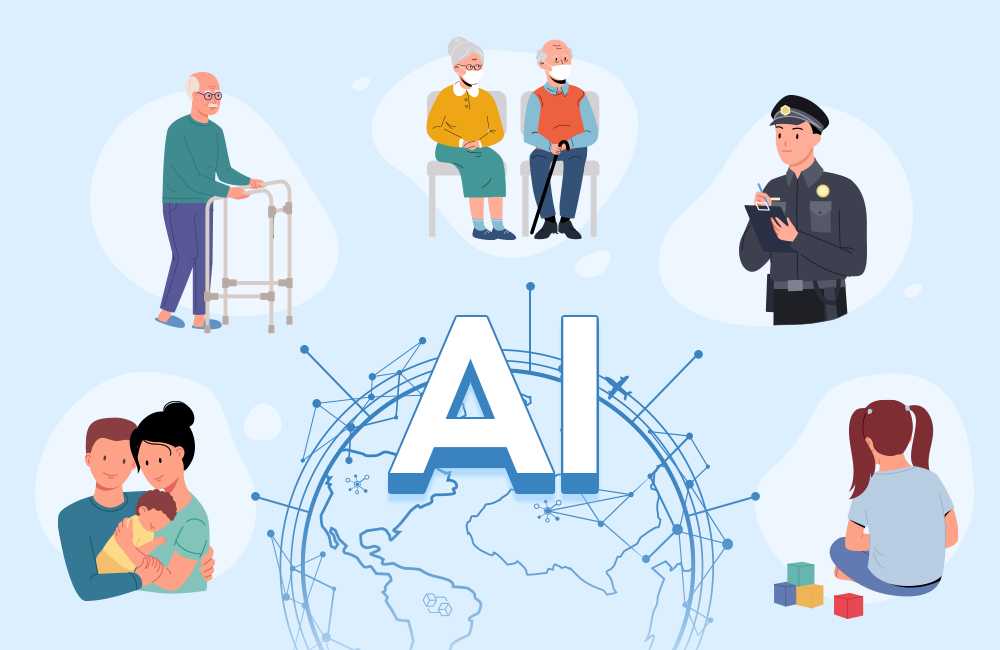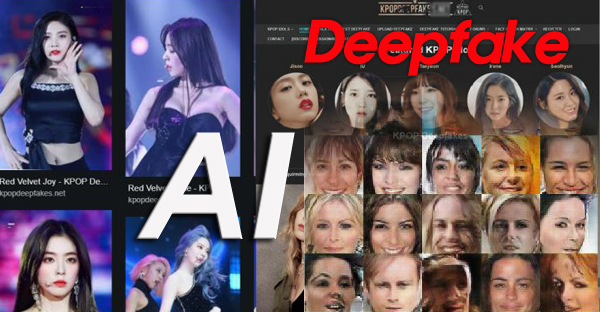
Deepfakes and AI: Exploitation and Potential in the Real World
Hello. Today, I’d like to discuss how deepfakes and artificial intelligence are being exploited and the potential they hold in the real world. Deepfakes have become a significant issue recently, as they use artificial intelligence to create non-existent people or events and manipulate videos or voices. This can lead to social and political problems, and we will explore these potential misuses together.

- Definition and Development of Deepfake Technology
Deepfake technology generates videos or voices that did not originally exist through artificial intelligence. Initially, this technology only provided simple modification features, but recent advancements have enabled AI to very realistically replicate people’s faces and voices. Deepfake technology is primarily based on deep learning algorithms and has continuously evolved due to increased big data and computing power.
- The Principle of Artificial Intelligence Technology Enabling Deepfakes
The primary artificial intelligence technology enabling deepfakes consists of generative models and discriminative models. Generative models are responsible for creating new images or voices from input data, while discriminative models determine whether the generated output is real data or a deepfake. These technologies are implemented using neural network structures and learning algorithms.

- Negative Exploitations of Deepfakes in the Real World
Deepfake technology can be misused, causing social and political turmoil. For example, deepfakes can manipulate a politician’s speech or defame a celebrity by altering their face. Cybercriminals can also use deepfake technology to commit fraud, exploitation, and voyeurism.
- The Impact of Deepfakes in Politics and Society
Deepfake technology can have a significant impact on politics and society. It can undermine trust in election results and increase concerns about foreign intervention. Politicians may also be attacked due to inaccurate statements or actions caused by deepfakes.
- Legal Battles Against Deepfakes
Legally, fighting against deepfakes presents various issues and challenges. Current laws struggle to regulate fraud or defamation caused by deepfakes. Therefore, it is necessary to develop legal measures for detecting and responding to deepfakes. Additionally, legal issues related to privacy protection exist, and the invasion of privacy by deepfakes must be intensively addressed.
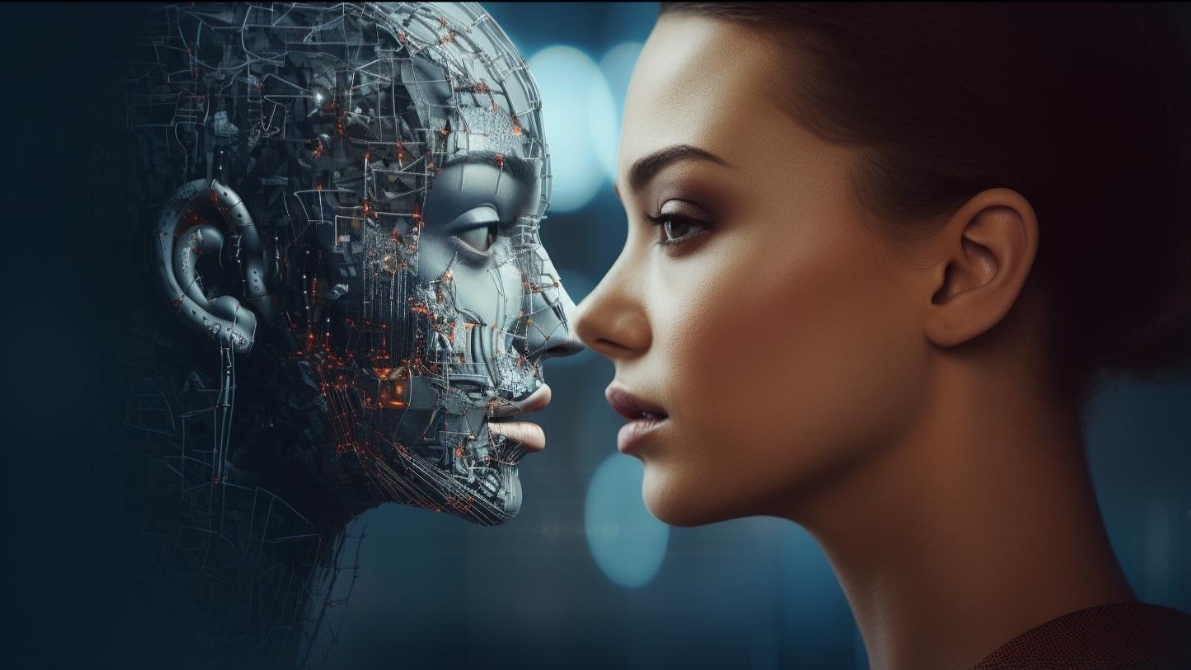
- Development and Limitations of Deepfake Detection Technology
Although deepfake detection technology continues to evolve, it still has limitations. Current detection technologies primarily use deep learning but face unresolved issues such as dataset shortages and generalization problems. Moreover, deepfake creators continually attempt to bypass detection technologies, necessitating ongoing research and improvement.
- Positive Aspects: Creative and Beneficial Uses of Deepfakes
Despite its negative aspects, deepfake technology also has the potential for positive use. For example, in the entertainment industry, deepfakes can enhance actors’ performances or recreate historical figures creatively. Additionally, in education, virtual lectures or experiential learning can provide students with innovative learning experiences.
- Deepfake Use Cases in the Entertainment Industry
In the entertainment industry, deepfakes are already being utilized in various ways. For example, movies or dramas can create scenes that never existed by replacing actors’ faces with deepfakes, expanding the scope of creativity. In the music field, deepfakes can enable duets with renowned singers or recreate performances of past singers.
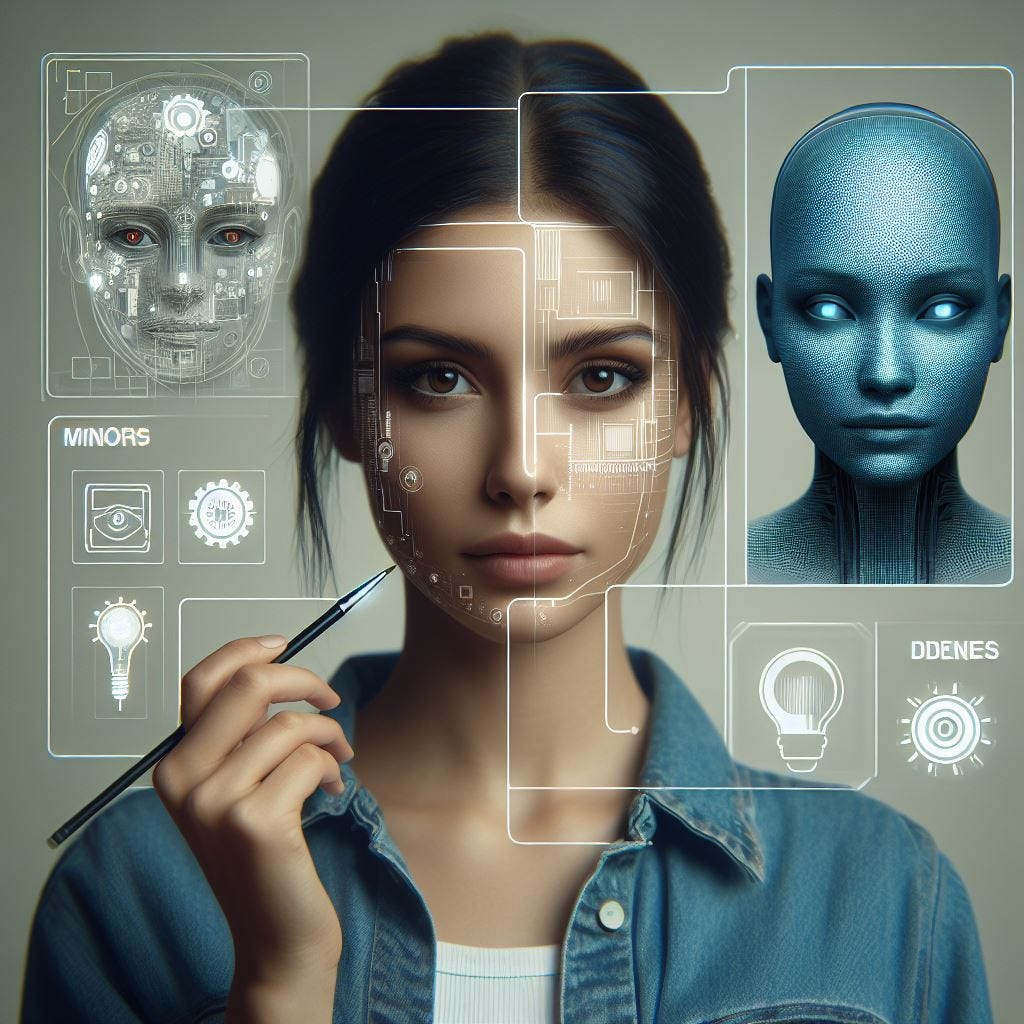
- Exploring the Future Development Potential of Deepfake Technology
Deepfake technology continues to hold development potential. Currently, deepfakes mainly involve videos and voices, but future applications could extend to texts, graphics, and other forms. Additionally, acquiring datasets and improving algorithms are necessary for more sophisticated and realistic deepfake creation.
- Recommendations for Ethical Use of Deepfakes and AI
Several recommendations are necessary for the ethical use of deepfakes and AI.
First, laws and regulations must be strengthened to minimize negative misuse. Second, transparency and privacy protection for datasets used in deepfake creation should be ensured. Third, research and development of deepfake detection technology must be continuously supported. Finally, education and awareness activities should help people understand and remain vigilant about deepfakes.
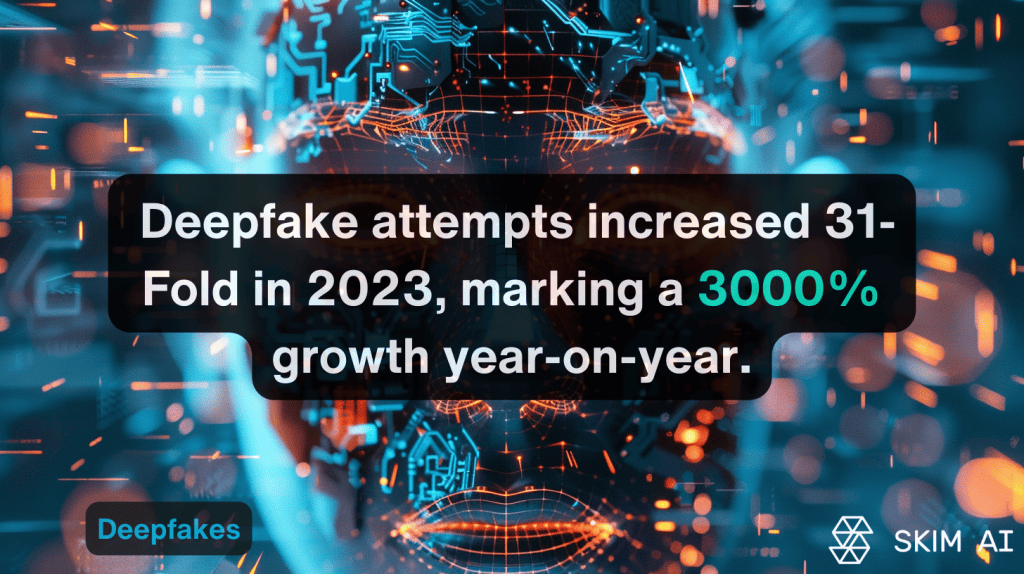
In the digital age, deepfakes and AI wield significant influence in the real world. Alongside their negative exploitation, creative and beneficial applications exist, and we must develop and utilize this technology appropriately through proper response and regulation.


